6 Car Colors That Kill Your Resale Value: Avoid These Shades at All Costs

When shopping for a new car, most of us focus on the big-ticket details: price, mileage, fuel efficiency, and safety features. But there is one factor that often flies under the radar, and it can quietly cost you thousands of dollars down the road—color. Yes, the shade you choose when you drive off the lot can make a surprising difference in how much money you will get back when you eventually trade it in or sell it.
While you should always pick something you like, not every color ages well in the resale market. Some hues are timeless, while others scream “outdated” faster than you can say “Champagne Metallic.” If your goal is to protect your investment, you may want to think twice before picking one of the colors below. These six shades are notorious for hurting resale value, and unless you are keeping the car forever, they are worth avoiding.
1. Gold or Champagne Metallic

Gold may look luxurious at first glance, but buyers tend to see it as tired and dated when it hits the used car market. Studies consistently show that gold and champagne tones depreciate faster than most other colors. Cars in these shades often lose more than a third of their value within the first few years.
The problem is that gold was a trend, not a classic. It had its moment in the late 1990s and early 2000s, but in today’s market, it is often associated with older drivers or cars that look “stuck in time.” Most people shopping for a used vehicle are not lining up to pay top dollar for a color that feels out of fashion. If you are concerned about resale value, you are better off sticking to something neutral and timeless.
2. Brown and Other Earth Tones
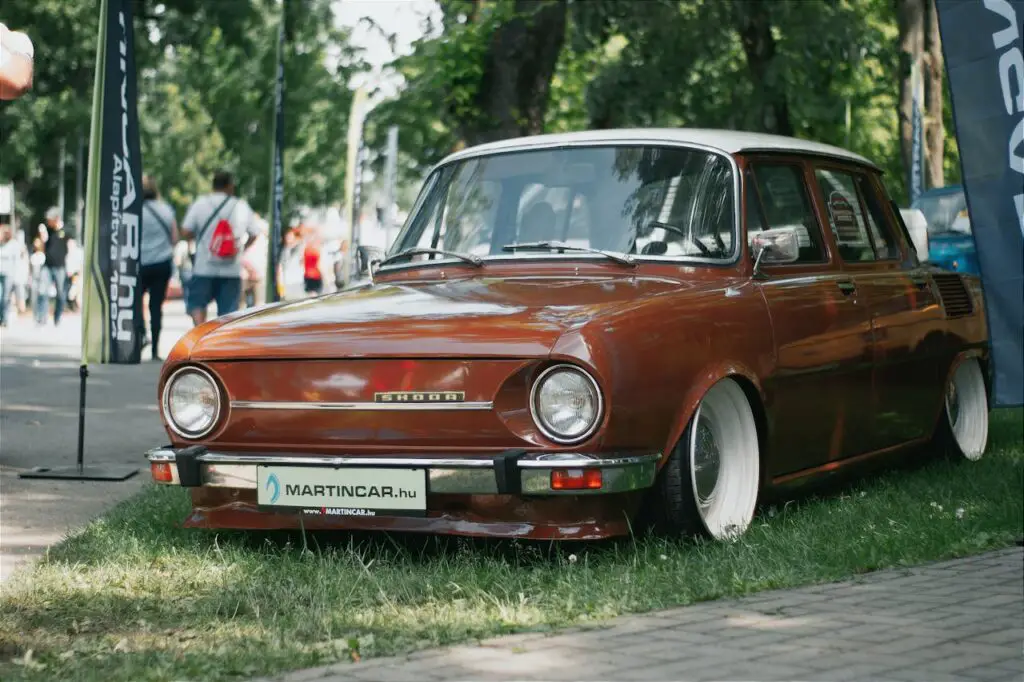
Brown, beige, and taupe may seem like safe bets because they blend in, but that is exactly the problem. Buyers scrolling through car listings tend to skip over these colors because they come across as bland. These earth tones do not have the sleek sophistication of black, the clean appeal of white, or the modern vibe of silver.
In fact, cars in brown or beige shades rank among the highest in depreciation rates. A beige sedan or a brown SUV is far less exciting than the same model in a more appealing shade. While you may appreciate the subtlety, the resale market has spoken: most buyers do not. Unless you want your car to sit on the lot longer than necessary, it is wise to avoid going down the earthy route.
3. Bright Purple and Lavender
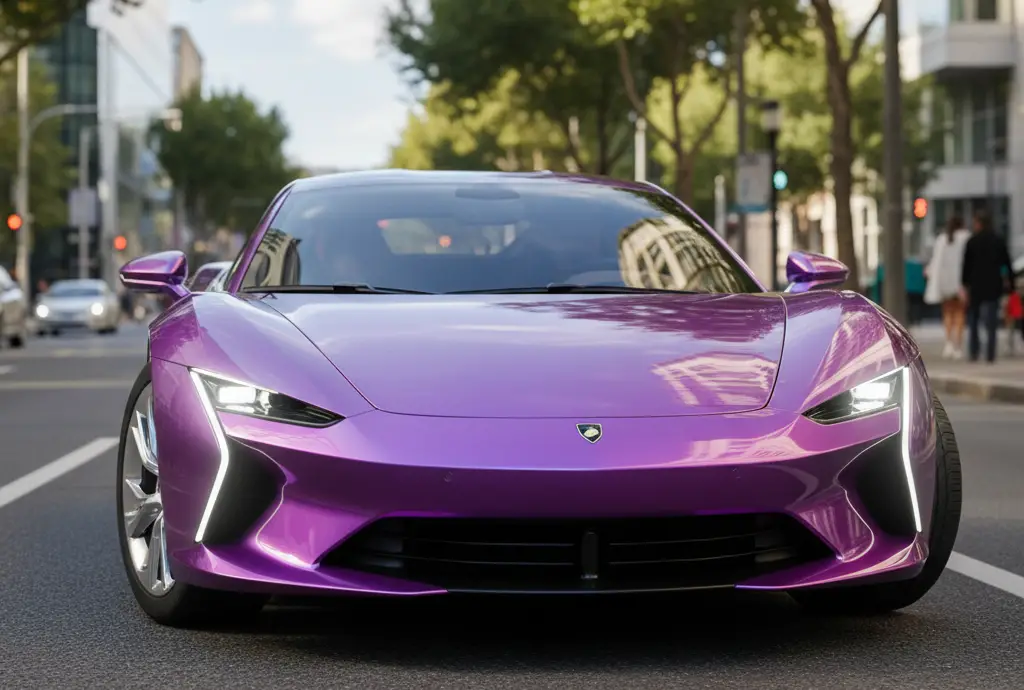
Purple is one of those colors that can make a bold personal statement, but unfortunately, it rarely works in your favor when it comes time to sell. While a deep plum or a rich violet might turn heads in a positive way on a sports car, most purple shades simply narrow your audience of potential buyers.
Lavender or brighter purples tend to feel playful or even cartoonish to many shoppers, and that limits the car’s marketability. Unless you are selling to someone who happens to share your exact taste in color, you may be forced to lower your asking price just to move the vehicle. Even if you love purple, it is worth thinking long term: will the next buyer love it as much as you do? Chances are, probably not.
4. Neon Green and Lime
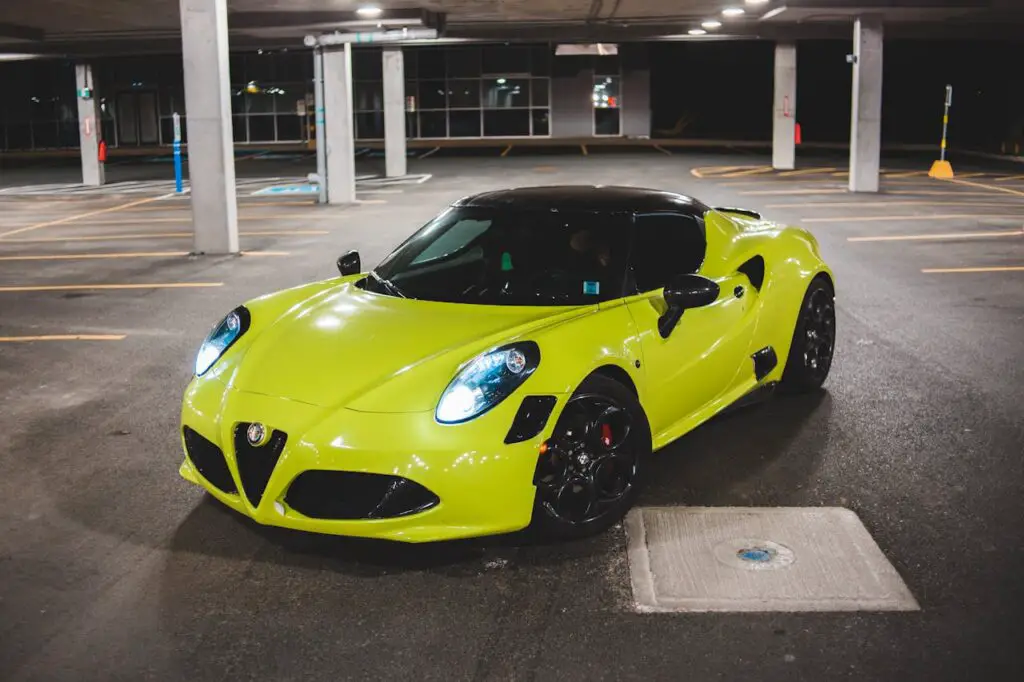
There is no denying that neon green makes a statement. It is bold, it is flashy, and it will definitely stand out in a crowded parking lot. Unfortunately, that also makes it a resale nightmare. While some buyers might appreciate the uniqueness, most will view it as too loud and impractical.
Lime green and other neon variations age poorly because they are tied to very specific trends. What feels fun and edgy today may feel tacky or over-the-top just a few years from now. Even if you are drawn to the idea of a unique car that reflects your personality, it is worth remembering that a niche color equals a smaller pool of buyers. The fewer buyers interested, the harder it is to get a fair price later.
5. Loud Orange
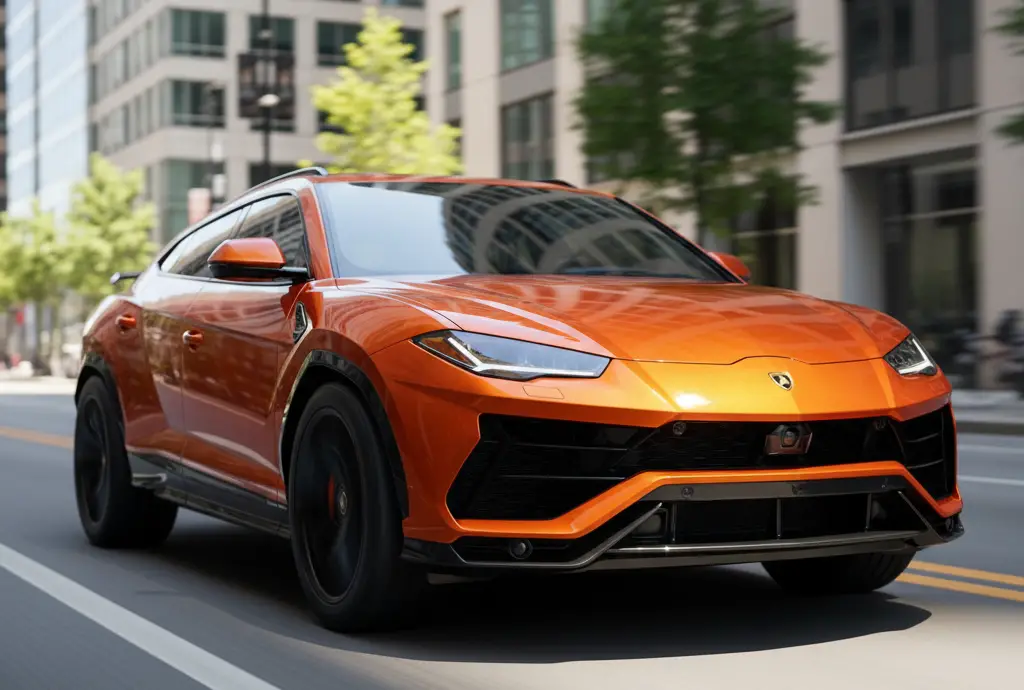
Orange is a tricky shade. In the right context, like a limited-edition sports car or a rugged off-road vehicle, it can add flair and actually help the car stand out in a good way. But on everyday cars, orange often feels forced. That “fun” color that seemed like a great idea at the dealership can become a headache when you are ready to sell.
Bright or flame orange tends to polarize buyers. Some love the boldness, but many see it as too flashy for daily use. For sedans, minivans, and crossovers, orange rarely makes sense in the used market. Unless you are driving a performance model where orange is part of the brand’s identity, you will likely take a hit on resale value.
6. Jet Black or Ultra-Dark Black
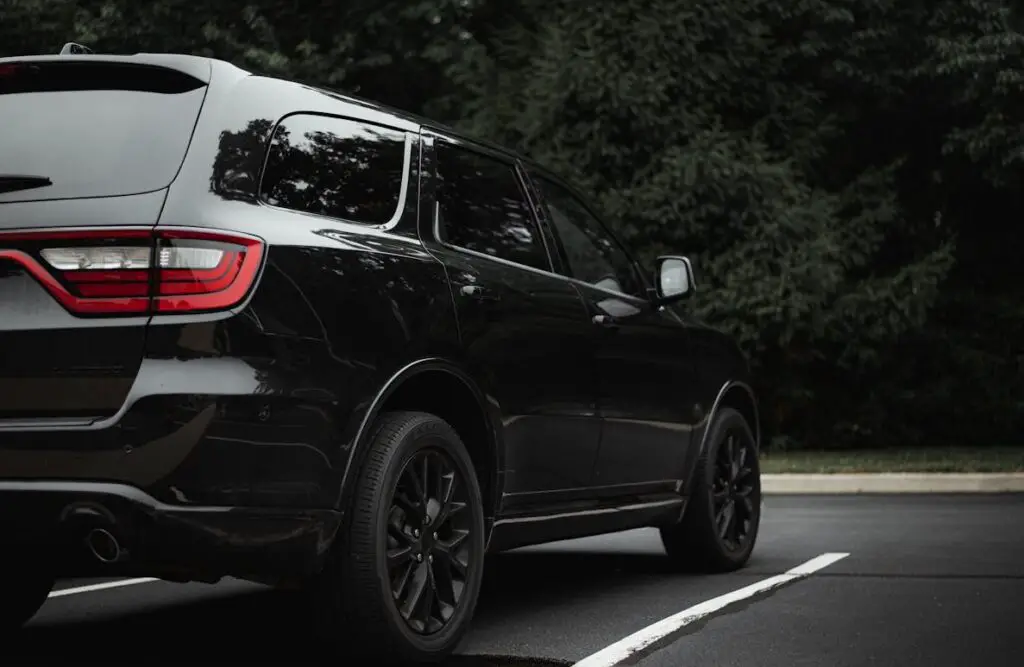
Black is often considered a timeless classic, but in reality, it is not always the safest choice for resale value. While it is sleek and elegant, ultra-dark black shows every imperfection. Scratches, swirl marks, water spots, and dust all stand out more on black than on almost any other color. Buyers in the used market notice these flaws right away, which can lead to lower offers.
On top of that, black cars can be harder to keep cool in hot climates, which can deter buyers in states like Arizona, Texas, or Florida. While black will not hurt your resale value as severely as gold or brown, it can still depreciate faster than you might expect. If you want a classic look without the maintenance headache, consider dark gray instead.
Final Thoughts
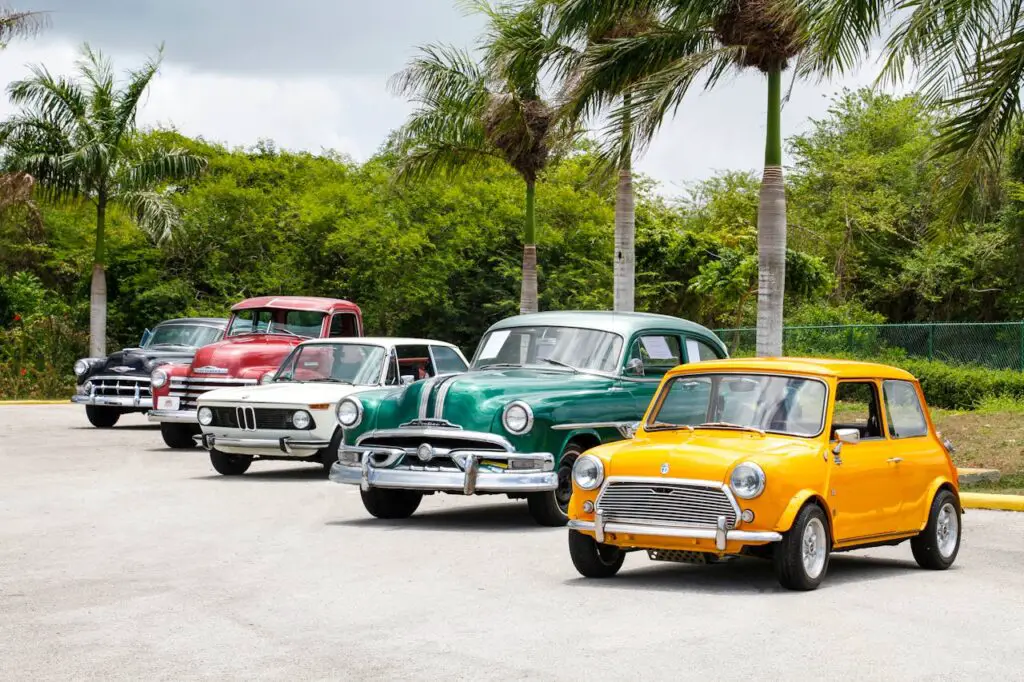
Buying a car is one of the biggest financial decisions most of us make, and while color might feel like a purely personal choice, it can have very real consequences for your wallet. Shades like gold, brown, purple, neon green, loud orange, and ultra-dark black can drag down your resale value and make it harder to attract buyers when it is time to sell.
Of course, if you plan to keep your car for a decade or more and resale value is not a concern, then go with whatever color makes you happy. But if you are like most drivers who trade in after a few years, choosing a more market-friendly color can put more money back in your pocket. Think of it as a way to future-proof your investment while still enjoying a car that reflects your style.
When in doubt, stick with timeless neutrals like white, gray, or silver. They may not be the flashiest choices on the lot, but they will help ensure you are not stuck taking a hit on resale value later. After all, a car is more than just transportation—it is also an investment. And making a smart color choice today can save you a lot of regret tomorrow.
Leave a Reply